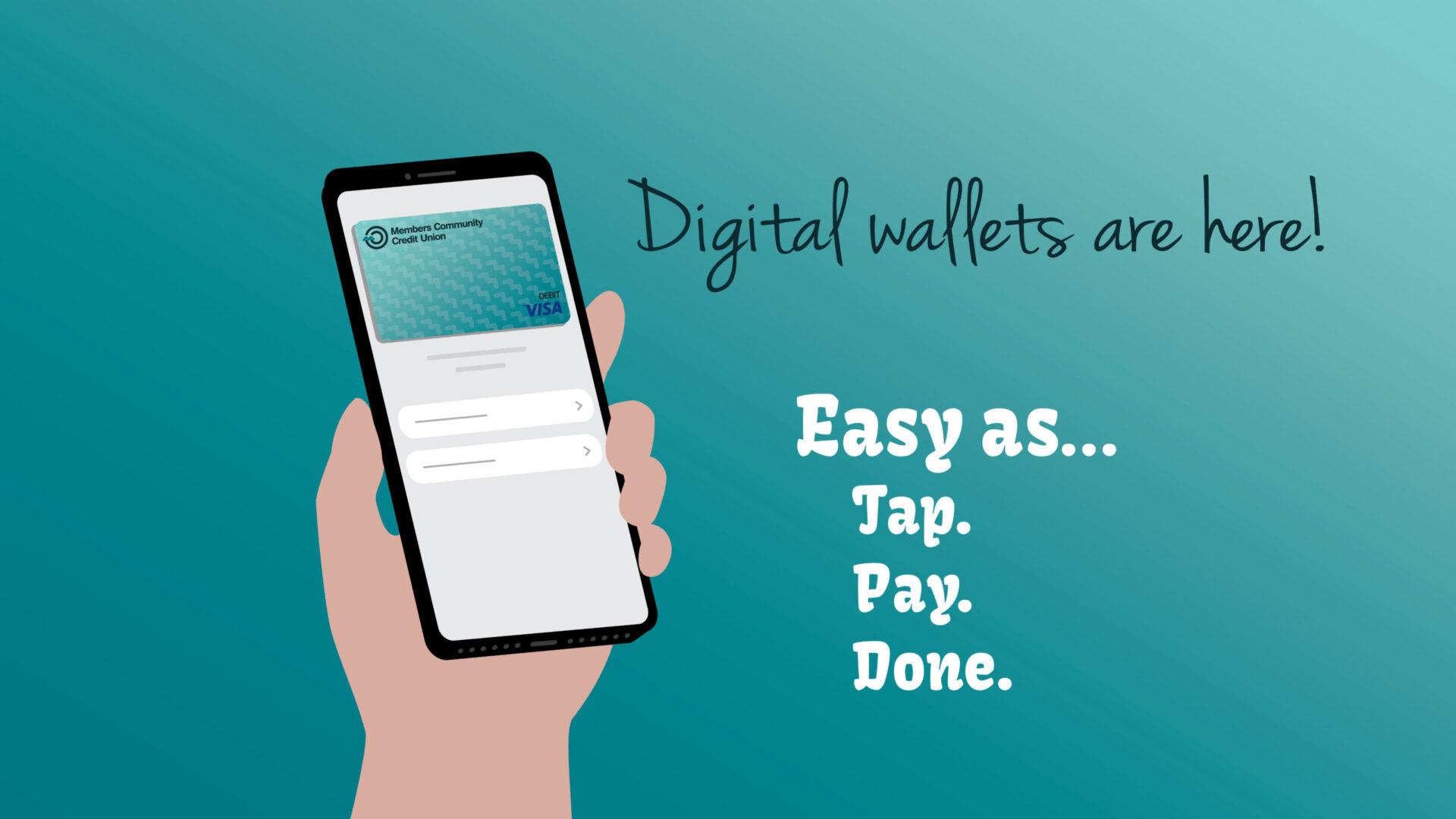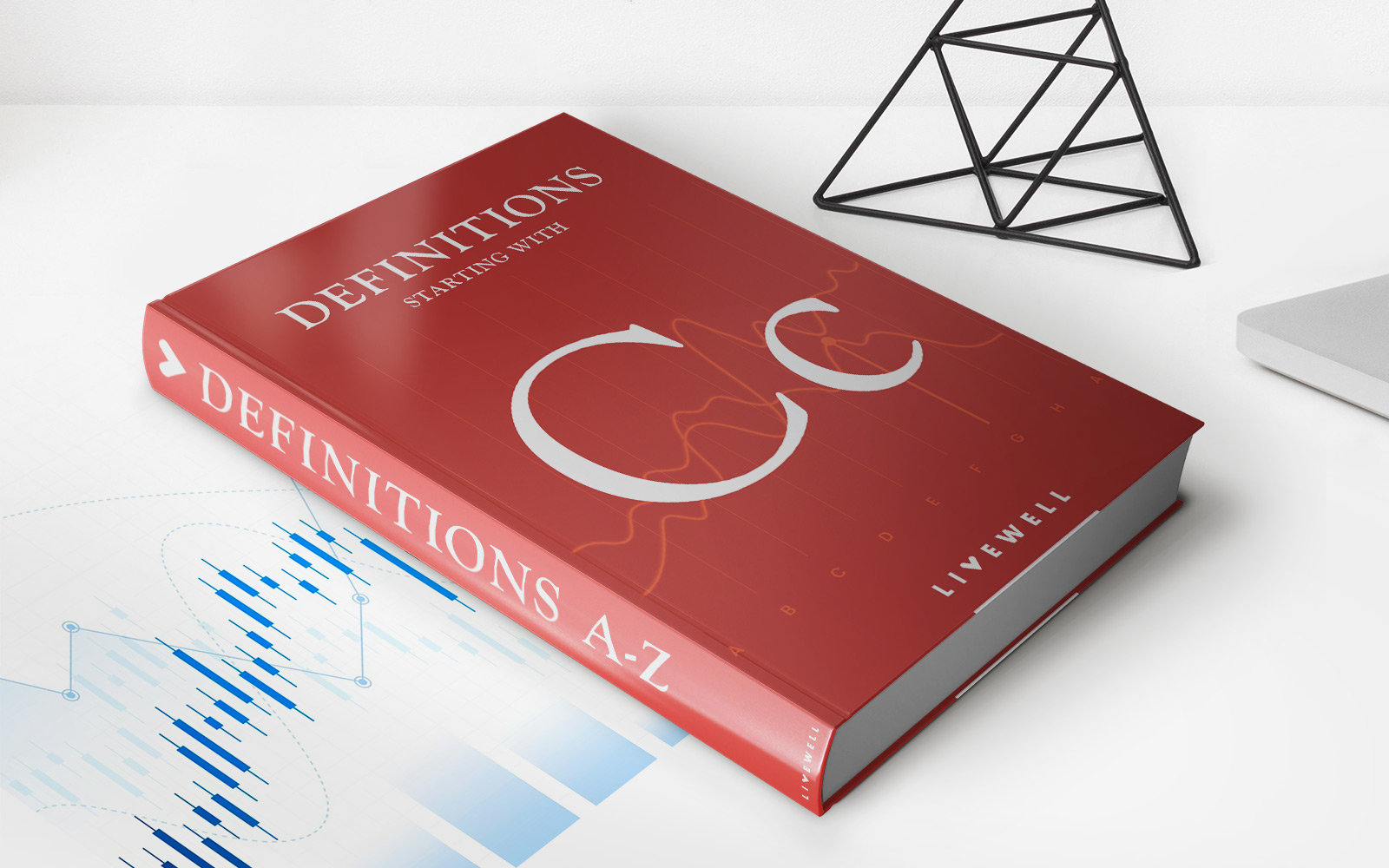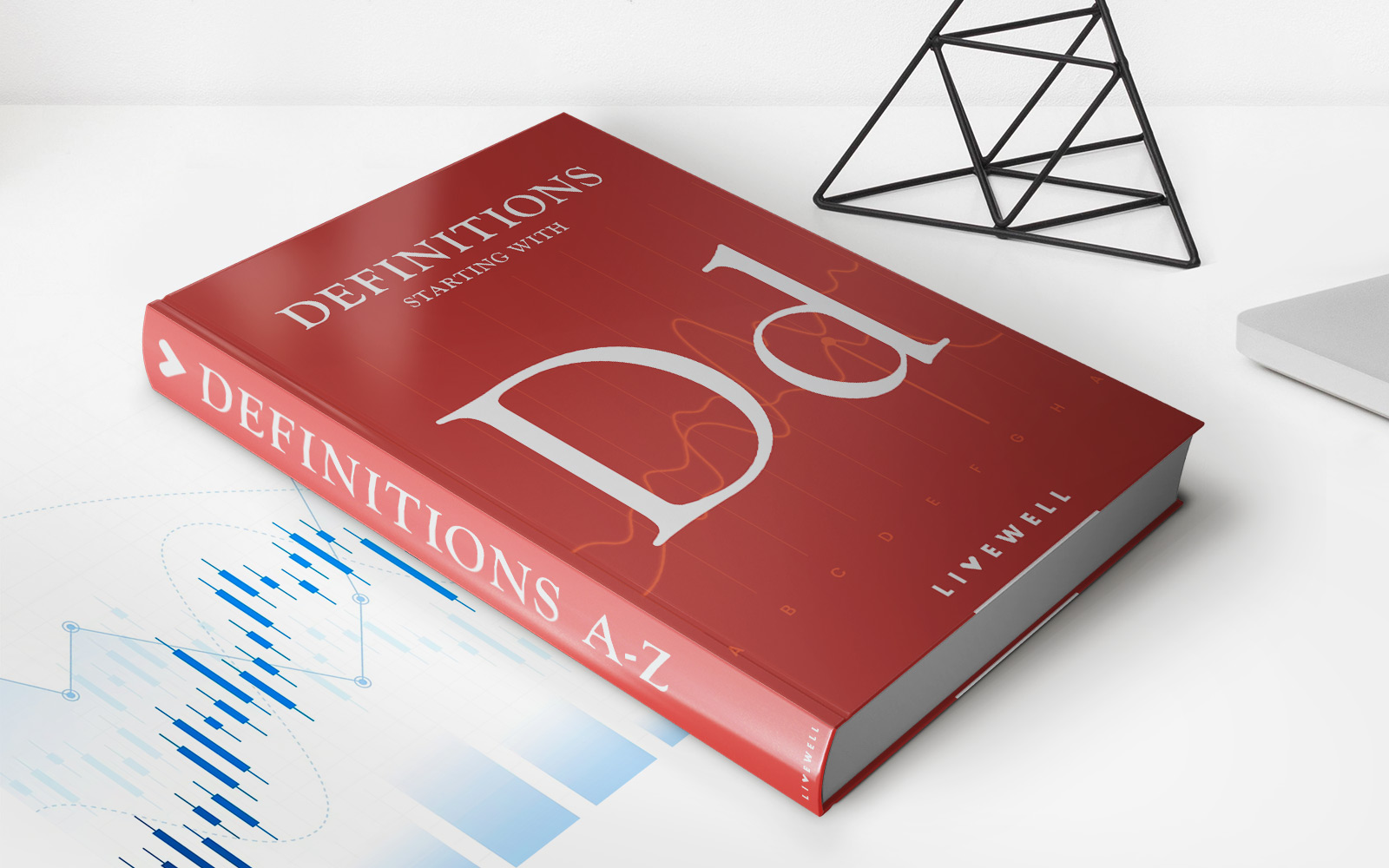Home>Finance>Where Do I Find All My Revolving Credit Accounts


Finance
Where Do I Find All My Revolving Credit Accounts
Modified: March 1, 2024
Looking for information on managing your revolving credit accounts? Find all the answers you need about finance and credit management here. Discover tips and advice to optimize your financial health.
(Many of the links in this article redirect to a specific reviewed product. Your purchase of these products through affiliate links helps to generate commission for LiveWell, at no extra cost. Learn more)
Table of Contents
Introduction
Revolving credit accounts play a pivotal role in the financial landscape, offering individuals and businesses the flexibility to access funds as needed. Whether it's a credit card, a home equity line of credit, or a personal line of credit, these accounts provide a revolving source of funds that can be borrowed, repaid, and borrowed again. Understanding where to find all your revolving credit accounts is essential for managing your financial portfolio effectively.
Navigating the complex web of financial institutions and credit reporting systems might seem daunting at first, but with the right knowledge and tools, you can easily locate and monitor your revolving credit accounts. In this comprehensive guide, we will delve into the intricacies of revolving credit, explore the various avenues for tracking down your accounts, and equip you with the insights needed to stay on top of your financial standing.
Let's embark on a journey to demystify the world of revolving credit and empower you to take control of your financial well-being. Whether you're a seasoned financial aficionado or just starting to build your credit profile, this guide will provide valuable insights and actionable steps to help you find all your revolving credit accounts.
Understanding Revolving Credit
Revolving credit is a type of credit that does not have a fixed number of payments, in contrast to installment credit. With revolving credit, the borrower has the flexibility to repeatedly borrow money up to a certain limit, known as the credit limit, and make payments at their own pace, as long as the minimum payment is met. This form of credit includes credit cards, personal lines of credit, and home equity lines of credit (HELOCs).
One of the key features of revolving credit is its revolving nature, allowing borrowers to continuously borrow and repay funds without having to reapply for a new loan each time. This flexibility makes revolving credit a convenient option for managing ongoing expenses, handling emergencies, and accessing funds for various purposes.
When using revolving credit, borrowers are charged interest on the outstanding balance, and the interest rate can vary based on the individual’s creditworthiness and the terms of the credit agreement. It’s important to understand the terms and conditions of each revolving credit account, including the interest rates, fees, and repayment requirements, to make informed financial decisions and effectively manage debt.
By grasping the fundamental concepts of revolving credit, individuals can make strategic use of these financial tools to meet their short-term and long-term needs. Understanding the mechanics of revolving credit empowers borrowers to make informed decisions about borrowing, repayment, and overall financial planning.
Finding Revolving Credit Accounts
Locating all your revolving credit accounts is crucial for gaining a comprehensive view of your financial standing and effectively managing your credit portfolio. Whether you’re tracking credit cards, personal lines of credit, or other revolving accounts, there are several avenues to explore when seeking to identify and monitor these accounts.
Here are some effective methods for finding and organizing your revolving credit accounts:
- Online Banking: Many financial institutions provide online banking platforms that offer a consolidated view of your accounts, including credit cards and lines of credit. By logging into your online banking portal, you can access a summary of your revolving credit accounts, review recent transactions, and monitor balances and available credit limits. Online banking platforms often offer tools for setting account alerts, making payments, and analyzing spending patterns, empowering you to stay informed and in control of your revolving credit accounts.
- Credit Reports: Obtaining a copy of your credit report from major credit bureaus such as Equifax, Experian, or TransUnion can provide a comprehensive overview of your revolving credit accounts. Credit reports detail the accounts you hold, including credit cards and lines of credit, along with essential information such as credit limits, balances, payment history, and account status. Regularly reviewing your credit report allows you to verify the accuracy of reported accounts and identify any discrepancies that may require attention.
- Credit Card Statements: If you have multiple credit cards, reviewing monthly statements from each issuer can help you track and manage your revolving credit accounts. These statements outline transaction details, account balances, minimum payment requirements, and other pertinent information. By systematically reviewing your credit card statements, you can ensure that all your revolving credit accounts are accounted for and address any discrepancies or unauthorized charges promptly.
By leveraging these methods, you can effectively locate and monitor your revolving credit accounts, enabling you to stay informed about your financial obligations, track spending patterns, and maintain a clear overview of your credit portfolio. Establishing a routine for reviewing and managing your revolving credit accounts is essential for maintaining financial stability and making informed decisions about borrowing and repayment.
Online Banking
Online banking has revolutionized the way individuals manage their finances, offering a convenient and centralized platform for monitoring various accounts, including revolving credit accounts such as credit cards and lines of credit. By leveraging online banking services provided by financial institutions, account holders can access a comprehensive overview of their revolving credit accounts and take proactive steps to manage their financial obligations effectively.
Here are key aspects of utilizing online banking to track and manage revolving credit accounts:
- Consolidated Account View: Online banking platforms typically offer a consolidated view of all linked accounts, allowing users to see their checking, savings, credit card, and line of credit accounts in one place. This unified view provides a holistic snapshot of the individual’s financial position, making it easier to monitor revolving credit accounts alongside other financial assets and liabilities.
- Transaction Monitoring: Through online banking, account holders can review recent transactions on their credit cards and lines of credit, enabling them to track spending, identify unauthorized charges, and stay informed about account activity. Monitoring transactions regularly is essential for detecting any irregularities and addressing potential issues promptly.
- Payment Management: Online banking platforms offer convenient tools for making payments towards credit card balances and line of credit accounts. Users can schedule one-time or recurring payments, set up automatic transfers, and allocate funds towards specific accounts, facilitating efficient debt management and ensuring timely payments to avoid penalties and interest charges.
- Alerts and Notifications: Many online banking systems allow users to set up customizable alerts and notifications related to their revolving credit accounts. These alerts can include payment due reminders, transaction alerts for specified amounts, and notifications about credit limit changes. By leveraging these features, account holders can stay informed about critical account activities and proactively manage their revolving credit accounts.
By actively utilizing online banking services, individuals can gain a comprehensive understanding of their revolving credit accounts, streamline financial management processes, and maintain a proactive approach to debt and expense tracking. The convenience and accessibility offered by online banking empower account holders to stay informed and in control of their financial well-being, ultimately contributing to enhanced financial stability and responsible credit management.
Credit Reports
Obtaining and reviewing your credit report is a fundamental step in gaining insight into your revolving credit accounts and overall credit profile. Credit reports, compiled by major credit bureaus such as Equifax, Experian, and TransUnion, provide a comprehensive overview of your credit history, including details about revolving credit accounts such as credit cards and lines of credit.
Here’s how credit reports offer valuable insights into your revolving credit accounts:
- Account Overview: Credit reports list all your revolving credit accounts, detailing the names of the creditors, account numbers, credit limits, current balances, and payment history. This comprehensive account overview allows you to verify the accuracy of reported accounts and ensure that all your revolving credit accounts are being properly tracked.
- Payment History: Credit reports provide a detailed payment history for each revolving credit account, showcasing your track record of making timely payments, late payments, and any instances of delinquency. Understanding your payment history is crucial for assessing your creditworthiness and identifying areas for improvement in managing your revolving credit accounts.
- Credit Utilization: By analyzing your credit report, you can assess the utilization of your available credit across all revolving accounts. Monitoring credit utilization ratios is essential for optimizing your credit score and maintaining a healthy credit profile, as high utilization can negatively impact your creditworthiness.
- Account Status and Remarks: Credit reports include the status of each revolving credit account, indicating whether the accounts are current, delinquent, closed, or in collections. Additionally, any remarks or notations related to specific accounts, such as settlements or charge-offs, are documented, providing a comprehensive view of the account’s status and history.
Regularly obtaining and reviewing your credit report allows you to stay informed about your revolving credit accounts, identify any discrepancies or inaccuracies, and monitor your overall credit health. By leveraging the insights provided in credit reports, you can take proactive steps to manage your revolving credit accounts effectively, address any issues that may impact your credit standing, and make informed decisions about your financial well-being.
Credit Card Statements
Reviewing your credit card statements is a vital practice for tracking and managing your revolving credit accounts. Credit card statements provide detailed insights into your spending, balances, and account activity, allowing you to monitor and reconcile your revolving credit obligations effectively.
Here’s how credit card statements serve as a valuable resource for managing your revolving credit accounts:
- Transaction Details: Credit card statements outline the transactions made using the card, including purchases, cash advances, and any fees or interest charges. By reviewing transaction details, you can track your spending patterns, identify unauthorized or fraudulent charges, and ensure that all transactions align with your financial records.
- Account Balances and Minimum Payments: Each credit card statement presents the current account balance, minimum payment due, and the due date for the upcoming payment. Monitoring these details allows you to stay informed about your outstanding balances and make timely payments to manage your revolving credit accounts responsibly.
- Rewards and Benefits: Some credit card statements provide a summary of rewards earned, such as cash back, points, or miles, along with any associated benefits or perks. Understanding the rewards structure and benefits offered by your credit cards enables you to maximize the value of your accounts and make informed decisions about utilizing available rewards.
- Interest Charges and Fees: Credit card statements itemize any interest charges, annual fees, late payment fees, or other applicable charges. Being aware of these costs allows you to assess the overall expense of maintaining your revolving credit accounts and take steps to minimize unnecessary fees and interest expenses.
By regularly reviewing your credit card statements, you can effectively track your revolving credit accounts, identify any discrepancies or irregularities, and maintain a clear understanding of your financial obligations. This proactive approach to monitoring credit card statements empowers you to manage your revolving credit accounts responsibly, optimize the benefits offered by your credit cards, and stay informed about your overall financial well-being.
Conclusion
Effectively managing and tracking your revolving credit accounts is essential for maintaining financial stability, optimizing credit utilization, and making informed decisions about borrowing and repayment. By understanding the various avenues for finding and monitoring your revolving credit accounts, you can take proactive steps to stay in control of your financial portfolio and credit obligations.
Whether through online banking platforms, credit reports, or credit card statements, individuals have access to valuable resources for gaining insights into their revolving credit accounts and maintaining a comprehensive view of their credit profile. Regularly reviewing account details, transaction history, and payment obligations empowers individuals to identify any discrepancies, address potential issues, and stay informed about their financial well-being.
Furthermore, staying attuned to the nuances of revolving credit, including interest rates, fees, and credit limits, enables individuals to make strategic decisions about borrowing, repayment, and overall financial planning. By leveraging the tools and information available through online banking, credit reports, and credit card statements, individuals can navigate the complexities of revolving credit with confidence and diligence.
Ultimately, the proactive management of revolving credit accounts contributes to responsible financial behavior, improved creditworthiness, and a solid foundation for achieving long-term financial goals. By embracing a disciplined approach to tracking and managing revolving credit, individuals can enhance their financial well-being, mitigate risks, and pave the way for a secure and sustainable financial future.














